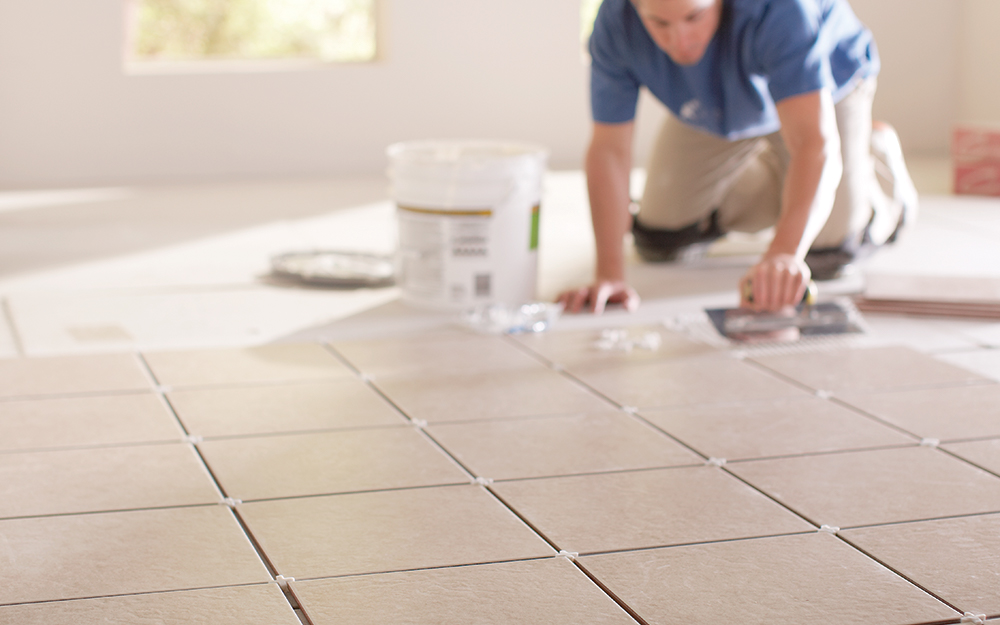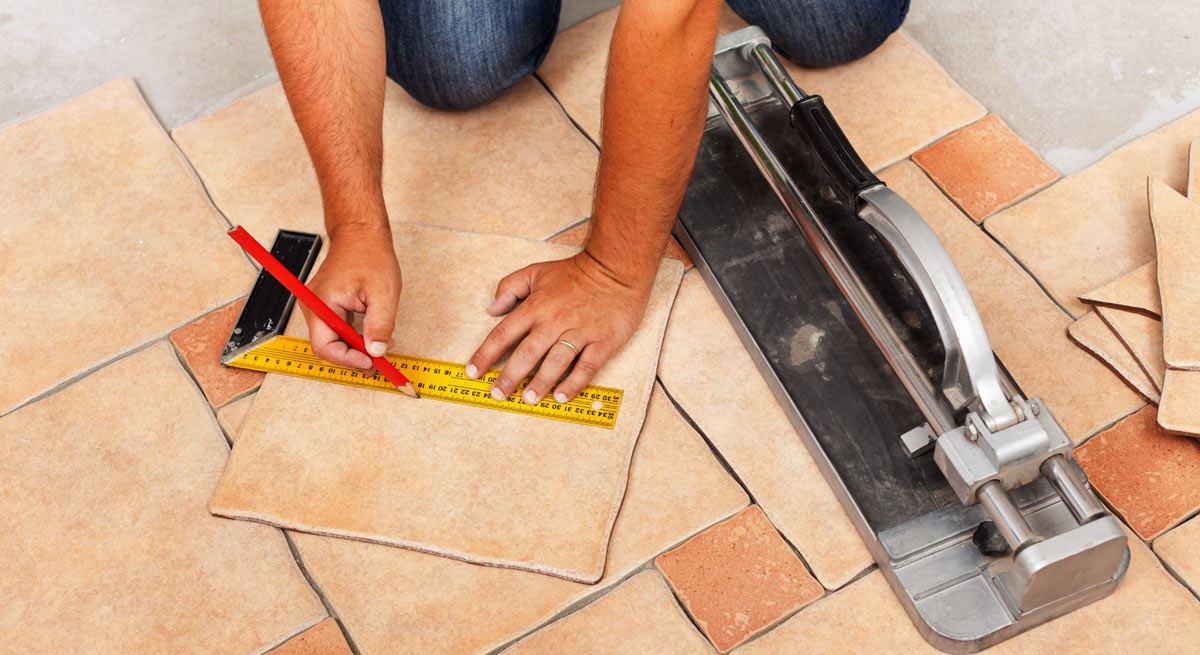Your Relied On Companion for Tile Installation Austin and Beyond
Your Relied On Companion for Tile Installation Austin and Beyond
Blog Article
The Ultimate Guide to Expert Tile Setup Techniques
Getting started on a journey to master the art of expert ceramic tile installment requires even more than just a stable hand and a keen eye for detail. In the world of floor tile installment, the evil one lies in the details, and this overview intends to unravel the intricacies that set professionals apart from beginners.
Surface Area Preparation Techniques
Before beginning any kind of ceramic tile installment project, detailed surface area preparation techniques should be thoroughly implemented to ensure a resilient and remarkable outcome. Next, the surface needs to be leveled utilizing appropriate compounds to create a smooth and even foundation for the floor tiles. Ascertaining all surface prep work actions prior to continuing with tile installation is vital to prevent expensive mistakes and guarantee an expert coating that will certainly stand the examination of time.
Floor Tile Design and Style Tips
To accomplish a visually enticing and structurally sound ceramic tile setup, precise attention to floor tile layout and layout is extremely important complying with thorough surface area prep work strategies. When preparing your ceramic tile layout, take into consideration the dimension and shape of the tiles in relationship to the dimensions of the space.
In terms of layout, the layout needs to match the style of the location. A herringbone pattern can add a touch of style to a conventional room, while a geometric pattern can bring a modern style - tile installation austin. Trying out different layouts, such as angled or checkerboard patterns, can likewise include aesthetic interest to the style. Inevitably, the key is to strike an equilibrium in between functionality and appearances to create a sensational ceramic tile installment that enhances the room.
Trimming and Shaping Ceramic Tiles
When accuracy is important in attaining a smooth tile installation, mastering the art of cutting and forming ceramic tiles is crucial. Whether dealing with ceramic, porcelain, or all-natural rock tiles, the capability to make exact cuts and very carefully form floor tiles to fit about barriers, edges, or distinct areas is essential to an expert surface.
There are numerous devices readily available to aid in reducing and forming ceramic tiles properly. Floor tile cutters are ideal for straight cuts, racking up the surface before using stress to snap the floor tile easily. For even more intricate cuts, tile nippers or floor tile saws can be made use of to accomplish contours or notches with precision. In addition, damp saws are typically employed for reducing more difficult materials like rock or porcelain.
When shaping ceramic tiles, utilizing floor tile documents or sandpaper can aid smooth harsh edges or refine the form for a perfect fit. It's vital to determine properly and note the ceramic tile before reducing to stay clear of mistakes that might threaten the setup's high quality. By developing these cutting and forming methods, experts can ensure a remarkable ceramic tile installation every single time.
Correct Installation Approaches
Utilizing recognized market requirements and careful interest to information, professional ceramic tile installers perform proper installation methods with accuracy and competence. Expert installers meticulously pick the appropriate glue based on factors such as tile type, substrate material, and the environment where the tiles will certainly be mounted.

In addition, appropriate spacing between floor tiles is vital to create a visually enticing and structurally sound setup. By adhering to these meticulous steps, expert ceramic tile installers can guarantee a top quality installment that fulfills market requirements and exceeds client assumptions.

Grouting and Sealing Procedures
Professional ceramic tile installers carefully implement grouting and sealing procedures to ensure the durability and aesthetic appeal of the tiled surface. Grouting is the last step in a ceramic tile installment task and involves filling up the spaces in between tiles to safeguard versus dampness, dust, and potential ceramic tile motion.
Securing the cement is necessary to protect against discoloration and water damage. This protective layer hinders the penetration of liquids and dirt, making upkeep easier and extending the life of the tile setup. Sealants need to be used thoroughly, adhering to the manufacturer's directions, and resealed regularly to keep performance. Professional tile installers prioritize these grouting and sealing procedures to provide high-quality, long lasting, and visually appealing tiled surface areas.
Final Thought

To attain a structurally sound and visually enticing ceramic discover this tile installation, thorough focus to floor tile format and style is critical following comprehensive surface area preparation techniques - tile installation austin. Tile cutters are perfect for straight cuts, racking up the surface area prior to my latest blog post using pressure to break the tile easily. Expert installers very carefully select the appropriate sticky based on factors such as floor tile kind, substratum product, and the environment where the tiles will be installed
Grouting is the last step in a tile installation project and entails filling up the voids between tiles to secure against dampness, dirt, and possible ceramic tile motion.In conclusion, specialist tile installment requires cautious surface prep work, accurate tile format and design, accurate cutting and shaping strategies, proper installment techniques, and complete grouting and securing procedures.
Report this page